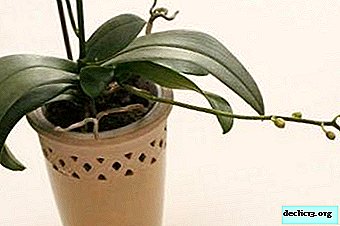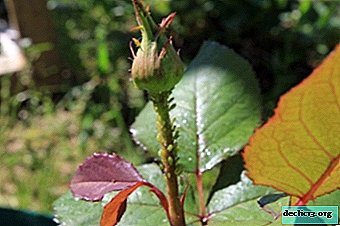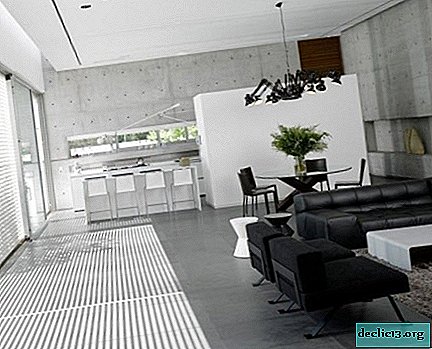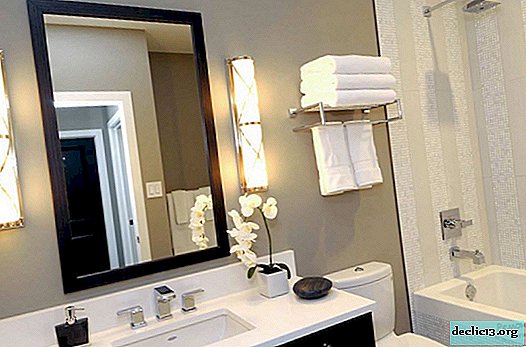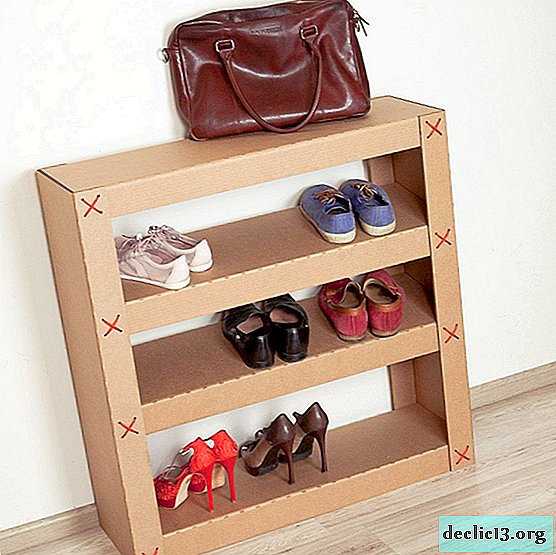All you need to know about the adenium transplant
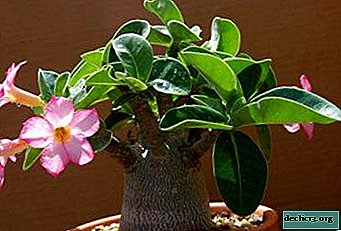
Adenium transplantation is an important event that every gardener who wants to see his plant healthy and abundantly bloom should carry out. But how to make the plant take root and actively develop after transplantation?
This article will tell you in detail about the reasons that serve as the reason for transplanting the adenium, about how the step-by-step instruction of the procedure looks, as well as tips on choosing a pot and what to do if the plant does not take root in a new place.
Causes
Adenium transplantation can be carried out for various reasons:
- After the purchase.
As soon as a copy was purchased and brought home, it is necessary to immediately transplant it. The reason for such hasty actions is that in flower shops the soil is basically standard for all flowers. Adenium needs a special soil composition (what soil to choose for adenium so that the flower pleases the eye?).
- Diseases of the roots and caudex.
If the rotting of the caudex and the root system has occurred, then there may be several reasons: mechanical damage and the presence of a wound, penetration of moisture into it, copious overmoistening and hypothermia. To save a flower, it must be removed from the container, shake off the excess soil and with the help of a sharp disinfected knife cut off the lesion. Then sprinkle the slice with an antiseptic or fungicide. Once the roots are dry, they can be transplanted into a new substrate and wait for the plant to come to life.
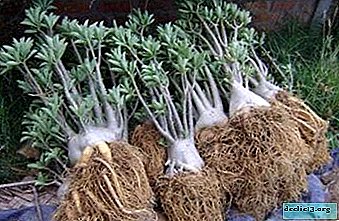 Incorrectly selected soil.
Incorrectly selected soil. This situation occurs if the adenium was donated by someone and the composition of the soil is unknown. A transplant should be carried out until the onset of the growing season.
- Capacious pot.
Due to inexperience, gardeners use too spacious a container for planting adenium. In this case, it is necessary to replace the container with a suitable one as soon as possible. If the pot is too roomy or deep, then stagnation of water will occur, which leads to the death of the root system and the flower itself.
- A small pot.
It is easy to notice that the adenium is crowded in the container, as the flowerpot simply bursts from the pressure of its roots. Neither the pot nor the soil can hold the root system of the culture.
How often is the procedure performed?
Transplant young specimens every 2-3 years. But small seedlings should be subjected to this procedure only after 3-4 months from the beginning of seedlings.
How to transplant at home?
Pot selection
When choosing a flowerpot, it is necessary to consider such important points as shape and material. In the first year of life, the plant has a long root, so it is important for it to fit in a container. It is better to choose a deep dish or glass. For young specimens, standard pots are suitable, because their root system is wide and grows in breadth.
TIP! To give a bonsai form to a flower, it is better to choose a flowerpot in the form of a bowl.Also, the tank should have as many drainage holes as possible in order to quickly remove excess moisture. As for the size of the pot, it is equal to the distance from the caudex to the wall and will be for:
- adult plants - 7-8 cm;
- adolescents - 3-4 cm;
- seedlings - 2-3 cm.
Preparation and preparation of the substrate
 Using the usual mixture from the store for transplanting adenium will not work. For the cultivation of such crops requires special soil mixturesmade by yourself.
Using the usual mixture from the store for transplanting adenium will not work. For the cultivation of such crops requires special soil mixturesmade by yourself.
There are many recipes, but whichever one is chosen, you need to remember that the substrate must be loose, moisture and water permeability. These properties give the soil rippers.
To prepare the mixture, you can take as a basis a recipe that includes such components:
- turf land - 1 part;
- leaf humus - 1 part;
- cow humus - 1 part;
- sand - 3 parts.
Process
When all the preparatory measures have been prepared, then the following procedure should be followed:
- Water the plant the day before the transplant to improve its recovery from the old pot.
- By transshipment, send the bush to a new container with fresh substrate.
- Holding the plant upright, cover the root system with earth and lightly tamp.
- For 5-7 days, do not water the flower or do it carefully.
How to plant a plant in open ground?
It is necessary to transplant adult specimens into the open ground in early spring, when there is an active growth of new shoots. Procedure:
- Remove adenium from the pot. Carefully clean the roots of past soil and wash them under running water.
- Trim the roots, remove dry and soft stems.
- Dry sections, and treat large wounds with fungicide.
- Plant the plants in a prepared hole in the garden. Its depth should correspond to the size of the root system.
- Sprinkle with earth and pour warm water.
Pruning
To give the crown density and splendor, flower growers resort to the formation and pruning of adenium. Sometimes these measures are necessary, since in most plants apical development is considered to be dominant, so that the rest of the shoots cannot develop, except for the central one.
ATTENTION! After removal of the apex, sleeping lateral buds are activated and branching starts.Thanks to this trimming, the following result is achieved:
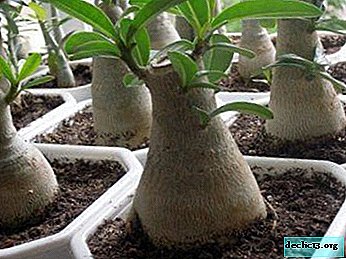 the amount of foliage increases;
the amount of foliage increases;- the maximum number of buds is laid;
- the crown becomes smooth, lush and dense.
Besides, thanks to pruning, adult plants rejuvenate, and some branches noticeably weaken with age. Trim every 2 years, and cut the shoots by 5-8 cm. To trim the adenium, the following tools and materials are needed:
- disposable gloves;
- manual secateurs;
- soap;
- alcohol;
- warm water.
Procedure:
- Wear rubber gloves before work.
- To crush the growth point, pinch some stems with your fingers.
- Visually compare the thickness of the stems. The thinnest elements should be trimmed.
- Use your fingers to check all parts of the plant for elasticity. Remove soft, crooked and leafless stems. Also, stems growing inside are subject to removal.
- Strongly thick branches need to be cut to stimulate the development of the entire adenium.
- Trim the remaining stems so that the bush gets the desired shape. Res do above the node. Flowers are formed from buds located under the slices.
What to do if the plant does not take root?
Best of all, adenium of any varieties takes root after transplantation, if carried out in the spring. If the plant does not take root well, then it must be installed in a shaded place for 2-3 days so that the sun's rays do not bother it.
Also should stop watering for 7 days. If under the influence of such conditions the flower does not come to life, then you will have to get rid of it. Adenium transplant is an important procedure in the process of growing a decorative culture.
There may be several reasons for it, but in any case, the gardener must follow all the rules in choosing the soil, pot and features of care after transplantation.
Useful video
This video details how to transplant a plant:

 Incorrectly selected soil.
Incorrectly selected soil.  the amount of foliage increases;
the amount of foliage increases;

